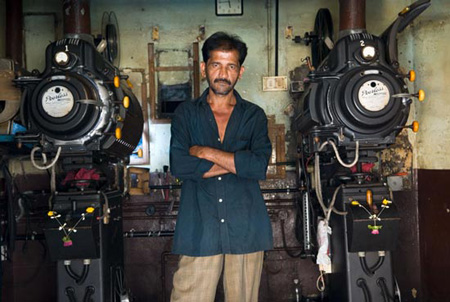REMINDER: the CIA were the good guys when we were kids
So the opening evening of IDFA 2009 was a bit of a disappointment (if you do not count new insights regarding the size of mice living in Tuschinski and the esthetic co-dependancies between skimpy dresses and high heels). For some rather dubious reason (must be the general obsession with the fact that the berlin wall came down 20 years ago) ‘War Games And The Man Who Stopped Them‘ was chosen as an opening film.
This turned out an really self congratulatory cold-war warrior biopic about a polish colonel who (with a little help from his friends at the CIA) claimed to have more or less singlehandedly brought the entire Warsaw pact to it’s knees. If we are to believe the movie he did this by providing the CIA with over 40.000 documents detailing russian strategy for attacking Western Europe. Conveniently not a single of these 40.000 documents was shown during the course of this ‘documentary’.
Instead we got to see lots of former CIA agents saying nice things about the CIA and the Polish colonel, and lots of former Warsaw pact military and intelligence officials saying nice things about the Warsaw pact and not so nice things about the Polish colonel. As far as the sources are concerned i can hardly imagine less selection than relying exclusively on (ex)intelligence officers.
Throw in lots of shots of the widow of the Polish colonel browsing through photographs of the Polish colonel when he was looking good being young-and-in-uniform plus lots of unrelated shots of sail boats and you have a perfectly meaningless film.
If this is not bad enough, i would not be surprised if the entire film was commissioned by the CIA. If i was part of their public relations department this kind of cold-war-porn would be very welcome in order to distract from the fact that since they have brought down the wall (with the help of the Polish colonel) the CIA has mainly been busy using these newly freed countries to run torture prisons in upscale horseback riding schools.


